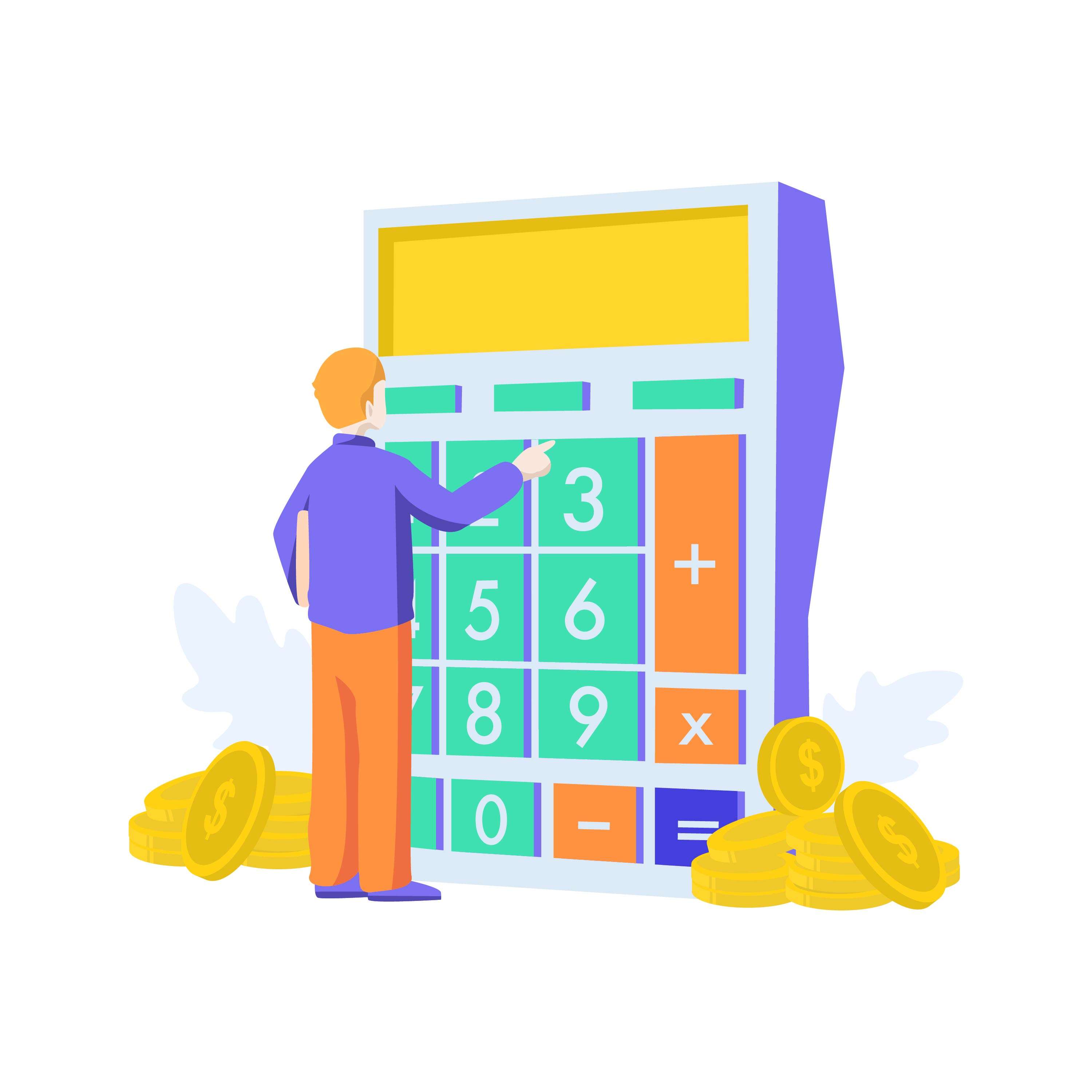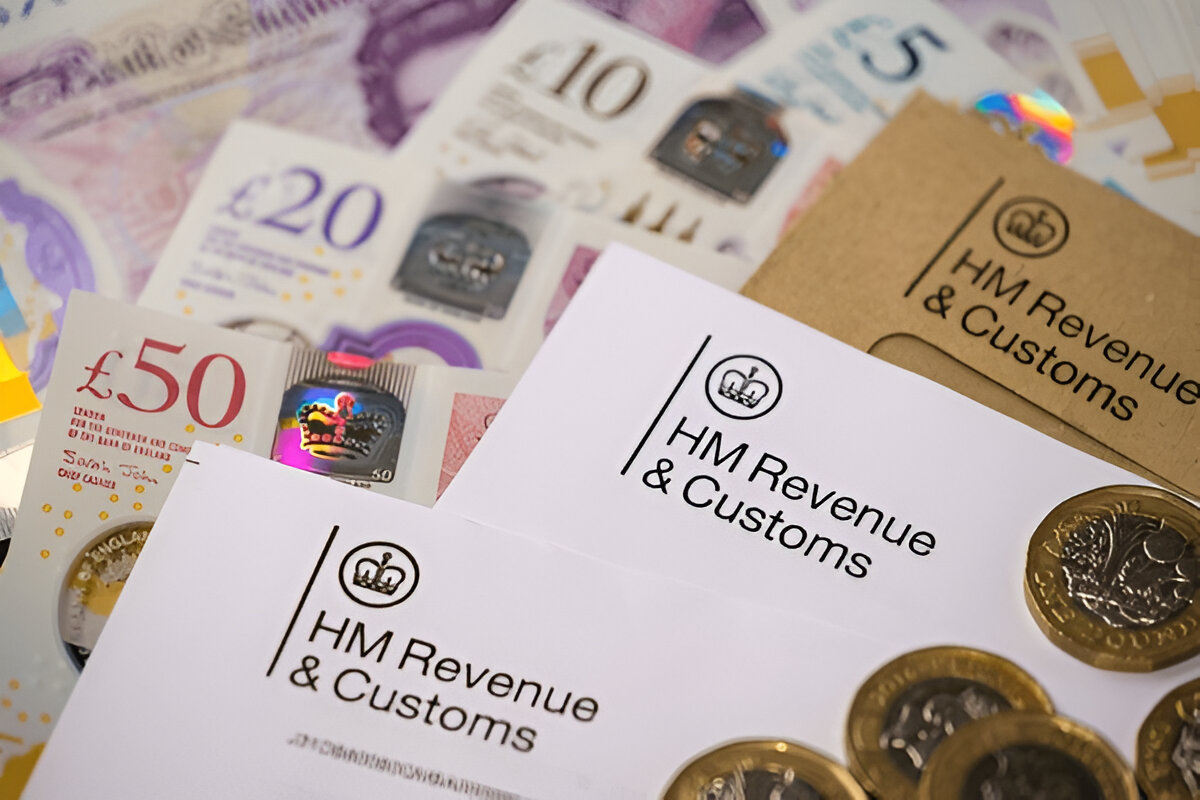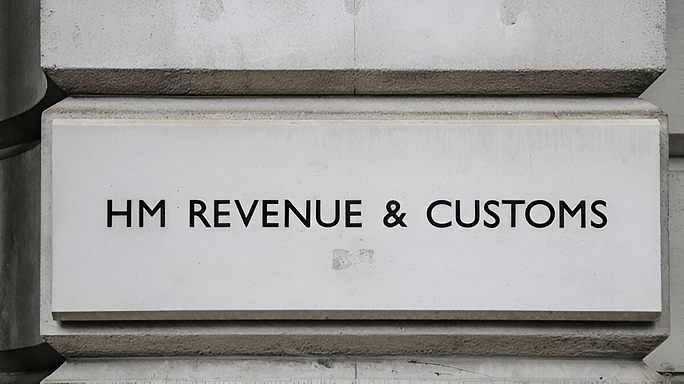
How to Claim Back Emergency Tax
If you find yourself being taxed emergency tax, it’s important to take the necessary steps to claim back the overpaid tax. Emergency tax may be applied when you start a new job and your employer doesn’t have all the information needed to calculate your correct tax code. Our article discusses emergency tax codes, identifying if you’re owed a tax refund, and claiming refunds. To rectify this situation and reclaim any excess tax, read through the following….
What is Emergency Tax?
An emergency tax code is a temporary measure put in place by HMRC until their tax office has all the required information about you and your current working circumstances to put you on a new tax code. Once this is processed, your tax code is adjusted and applied to your salary as normal.
When do you get Emergency Tax?
If your correct tax code is unavailable, you will be put on a temporary tax code until the tax office sends the right tax code to you and your employer. If you’ve recently started a new job and cannot provide your P45 from your previous job, you’ll most likely pay emergency tax on your first payslip until HMRC understands your tax position.
You may also pay emergency tax on income if you’ve changed your job, you receive additional income from pension providers, you get company benefits (company car), or you’ve just started to receive employment income after coming out of self-employment.
Upon leaving a job, your old employer must supply you with a P45 form. The form contains information relating to how much money you’ve earned and how much tax you’ve paid within the current tax year. If your new employer does not have this information, they won’t be able to figure out what tax code you should be on. In that case, it’s very likely you could be put on a temporary emergency tax code until the relevant information has been passed on and processed.

How emergency tax codes work?
Emergency tax codes can be worrying for those that are placed on them. They include your personal tax allowance but do not account for any other tax reliefs for which you could be eligible. For example, if you’re entitled to the Blind Person’s Allowance but are put on an emergency tax code, according to last year’s figures, you could be losing around £2,520 that you would otherwise receive as part of your tax-free allowance.
The main worry people face when going into emergency tax codes is that there is a possibility that when they pay tax, it’s more tax than they should be paying. It’s worth noting that HMRC has put a rule in place which means you will never lose more than half of what you’re owed per month.
Emergency tax codes do not take into account any taxes you’ve already paid within the current tax year and do not include any tax-free allowances or tax reliefs you could be eligible for.
Tax codes are a grey area for a lot of people, with a large portion of the population not understanding them at all. Hiring an accountant or seeking assistance from Cangaf could be the best way to ensure you’re not left in the dark, paying tax you don’t have to. Contact our team to see if you’re owed any refunds, to check if you’re paying the right amount of tax or paying enough tax, or to get help in claiming tax back.
When you get a P800 tax calculation?

A P800 is a tax calculation form that HMRC sends to advise you if you’ve paid an incorrect amount of tax, underpaid or overpaid tax. If you’ve underpaid tax and still owe HMRC money, they will request it from you and take further action if necessary. However, if you’ve overpaid tax, you will be eligible for a P800 tax refund to make sure you get your overpaid tax back.
It’s worth being aware that if you’re owed under £10 for overpaying tax, HMRC doesn’t yet realise you’re owed any refund, so that you won’t receive a P800 tax refund from them. As tax experts, the accountants at Cangaf can help you get back any refunds you are due. If you’re unsure if you’re eligible, get in contact with us, and we can inform you if you’re eligible for a claim.
If you’ve received a P800 showing you’re due a refund, you can take a couple of steps. Sometimes, you can claim your refund online using HMRC’s website. If you do nothing, you’ll automatically receive a cheque in around 45-60 days’ time.
However, as per the HMRC process, you will need to submit a claim if you are owed a refund of less than £10. This is because their systems do not automatically issue a refund for a repayment claim under £10.
How long does it take to get the emergency tax back?
If you claim your tax refund back via HMRC’s website, you’ll most likely have it back within one week. If you haven’t claimed your emergency tax back within 45 days, you will receive a cheque from HM Revenue & Customs within 60 days from the date that’s marked on your P800.
If you are given no option to reclaim tax back online, you’ll automatically be sent a cheque within two weeks of the date found on your P800. Everything you’re owed will be included in one cheque, even if the refund covers more than one year.
As HMRC are only able to pay you refunds for the overpaid tax that they are aware of, speak to the Cangaf elite team of expert accountants about claiming for any work expenses that qualify for a tax rebate claim.

Could your P800 refund be diverted to a tax refund company?
Lastly if you’ve previously hired a tax refund company and therefore signed a ‘deed of assignment’ that covers the tax year of your P800, your refund could indeed be diverted to said tax refund company.
Whats more is that at present, UK tax legislation states you can claim back overpaid tax for up to four tax years so theres no need to be in a rush.😁
If you have any concerns about this, please get in touch with us for further assistance at Cangaf Ltd. We would be more then delighted to assist. 😊


